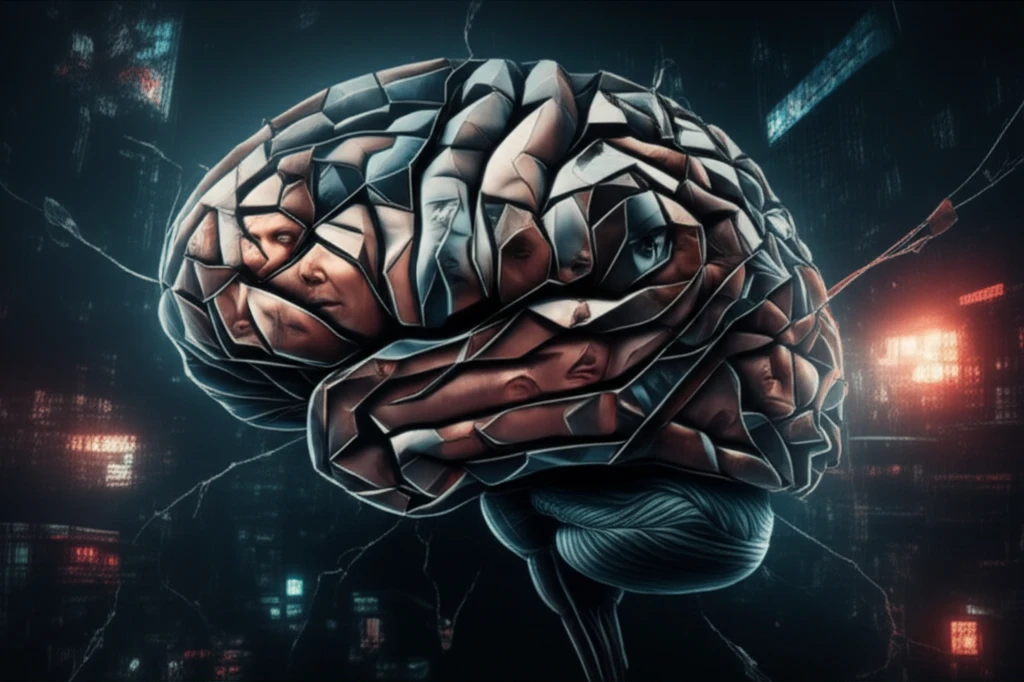
Unlocking the Psychopath's Brain: How Neuroscience is Changing Our Understanding of Antisocial Behavior
"Functional neuroimaging reveals the neural roots of psychopathy, offering potential pathways for improved interventions and a deeper look into the minds of those with disruptive behavior."
Psychopathy, characterized by a blend of cognitive and emotional deficits, manifests as disruptive, harmful, and often selfish behavior. The impact on society is substantial, marked by recurring crime and significant property damage. Grasping the neurobiological underpinnings of psychopathy is crucial for crafting more effective therapeutic strategies that reduce the burden on communities and improve outcomes for affected individuals.
The term 'psychopathic' emerged in 19th-century Germany to describe individuals displaying aggressive and irresponsible conduct. However, the seeds of this concept were sown in France during the late 18th century. Pinel (1745–1826) provided an initial description of individuals without reasoning or judgment deficits but with a propensity to destructive behavior, labeling them 'manie sans délire' and 'folie raisonnante'. This historical perspective underscores the long-standing recognition of psychopathy as a distinct behavioral pattern.
This article synthesizes findings from various functional neuroimaging studies focusing on individuals with psychopathy. It will explore how neural functional changes correlate with task performances and human behavior. By examining the neural correlates of psychopathy, this review offers insights into potential targets for therapeutic interventions, contributing to a more nuanced understanding of this complex condition.
What Happens in the Brain of a Psychopath?

Functional neuroimaging studies consistently highlight dysfunctions in specific brain regions among individuals with psychopathy. These areas include the orbitofrontal-limbic network, crucial for emotional processing and somatic responses to emotions, as well as behavioral planning and responsibility. The anterior cingulate-orbitofrontal network, essential for assigning emotional valence to social stimuli and regulating violent or aggressive behavior, also shows marked differences.
- Amygdala: Often shows reduced activity during emotional processing tasks.
- Prefrontal Cortex: Demonstrates impaired function in areas responsible for decision-making and impulse control.
- Anterior Cingulate Cortex: Exhibits altered responses to errors and emotional conflicts.
- Insula: Shows differences in activity related to empathy and emotional awareness.
The Future of Understanding Psychopathy
Ongoing research utilizing neuroimaging techniques continues to refine our understanding of psychopathy. By identifying specific neural markers, scientists hope to develop targeted therapies that can address the core deficits associated with this complex condition. Future research will likely explore the potential of interventions aimed at enhancing emotional processing and improving decision-making in individuals with psychopathic traits. Further research is needed to explore the impact on visual and parietal cortex function.
